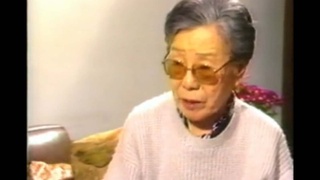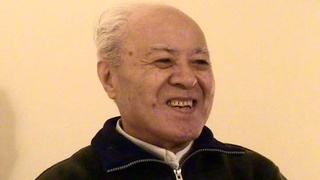Interviews
Move to Los Angeles
Well, it was one of the requirement that we have a job, at the – someplace – minimum three months, and so we worked – no, parents worked at the Ishibashi strawberry farm for three months, and to pick the strawberries, and then the season was over at the same time that our agreement was also – ended, so we were free to leave. And they moved to Los Angeles, Boyle Heights.
So, after that, father wanted to learn how to become a gardener, because there were advices that you don’t have to know English, so he wanted to learn, and he lived in a boarding house, and then while she was – I mean, while he was in the boarding house learning how the – the trade of gardening, mother was doing seamstress and cleaning the house, she learned to do those.
And then I moved in with the American family as the schoolgirl or mother’s helper, to earn my allowance, as well as living expense, and then also to learn – I was told that then it’s the fastest way to learn English. So it was important for me to learn English as well as finish my high school.
Date: July 12, 2017
Location: California, US
Interviewer: Mitsue Watanabe, Yoko Nishimura, Leighton Okada
Contributed by: Watase Media Arts Center, Japanese American National Museum









